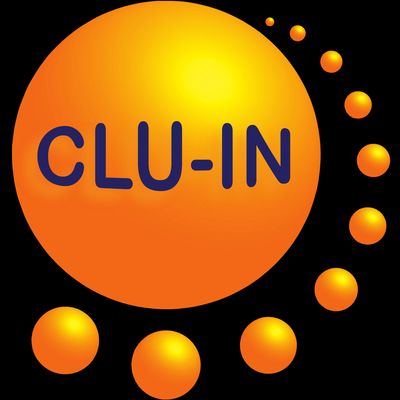Since 1998, The Contaminated Site Clean-Up Information (CLU-IN) website has presented Internet Seminars covering a wide variety of technical topics related to hazardous waste characterization, monitoring, and remediation. For select seminar topics offered since 2012, we are making complete video recordings available through our archives. This feed contains all video seminars archived in the last 12 months. For a complete list of seminars archived since 2000, please visit http://www.clu-in.org/live/archive/. Our Rehabilitation Act Notice for reasonable accommodation is available at http://www.clu-in.org/training/accommodation.cfm. CLU-IN was developed by the U.S. Environmental Protection Agency (EPA) but is intended as a forum for all waste remediation stakeholders. For more information and to view upcoming live offerings, please visit http://www.clu-in.org/live/. For a complete list of RSS feeds available on CLU-IN, please visit http://www.clu-in.org/rss/about/.
http://www.clu-in.org/live/archive
Superfund Research Program Progress in Research Webinar Part 4: Boston University, Texas A&M University, and University of California, Davis (Oct 1, 2018)
This Superfund Research Program (SRP) Progress in Research webinar series highlights promising research from SRP Centers awarded grants in 2017. In this session, awardees Boston University, Texas A&M University, and University of California, Davis, will describe their research projects, accomplishments, and next steps. The Boston University SRP Center explores the long-term impacts of early life exposure to Superfund chemicals in humans and wildlife. Their work focuses on contaminants including polychlorinated biphenyls and tetrachloroethylene found in and around the New Bedford Harbor Superfund site and in drinking water of nearby communities. The Texas A&M University SRP Center focuses on developing comprehensive tools and models for addressing exposure to mixtures during emergency-related environmental contamination events. The researchers are evaluating the complexities of hazardous chemical exposures, potential adverse health impacts, and potential hazards of exposures to complex mixtures through projects that derive from a case study utilizing the Texas Galveston Bay area. The University of California, Davis SRP Center uses integrated chromatographic, biosensor, and cell-based technologies to detect and identify contaminants and develop innovative approaches for bioremediation. The Center is expanding the use of transcriptomics, proteomics, metabolomics, and integrated bioinformatics technologies to discover new mechanisms of action of hazardous materials and biological markers for their action and to connect hazardous substance exposures to organism level effects. To view this archive online or download the slides associated with this seminar, please visit http://www.clu-in.org/conf/tio/SRPPIR8_100118/
